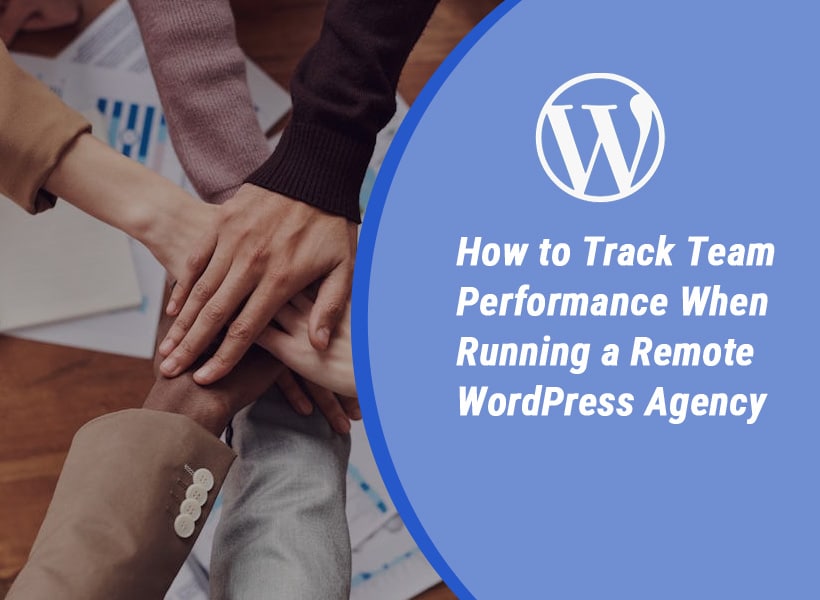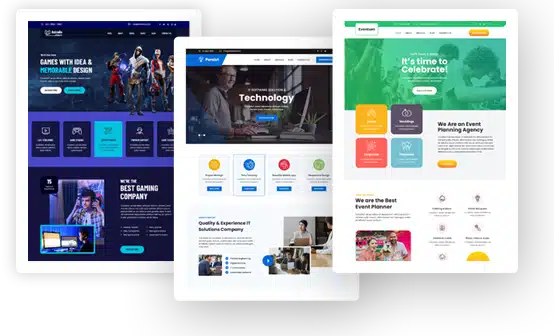How to Track Team Performance When Running a Remote WordPress Agency

When you’re running a remote WordPress agency, clarity doesn’t just help, it keeps the whole thing running. Tasks get split across devs, designers, and SEO leads who might be working in completely different time zones.
Delays multiply fast if there’s no way to track what’s being done or where projects stand. You miss deadlines, client trust slips, and accountability starts to fade.
This article explores how to track remote team performance without slowing anyone down or overcomplicating your workflows. Monitoring remote employees helps surface real-time insights that keep WordPress projects on track.
Where Progress Slows & You Start Playing Catch-Up
When performance tracking depends on back-and-forth updates or manual spreadsheets, it doesn’t take much for your WordPress projects to get messy. Gaps in ownership and misaligned timelines start to affect delivery. Even the best remote teams end up spending more time cleaning up than building.
These are the patterns that slow down performance and delay results:
- Updates Aren’t Shared Consistently: Without a central view of progress, tasks go dark between meetings.
- Time Gets Spread Too Thin: It’s hard to know where focus is going, or what’s quietly draining it.
- No One’s Sure What Success Looks Like: Expectations get lost between briefs, check-ins, and delivery timelines.
- Deadlines Shift Without Warning: You only hear about blockers after they’ve already caused delays.
5 Ways to Make WordPress Team Output Easier to Track
Clarity not only solves delays but also builds trust and speeds up delivery. You don’t need more meetings when you can see where your remote and hybrid teams’ time goes and where tasks stall. You just need better goal tracking apps.
Here’s how to strengthen output and keep your remote WordPress projects on track:
-
Surface Task Progress Without Adding Extra Work
Use timeline views or synced boards that reflect where each project stands in real-time. When work moves, the team sees it.
Apply this when you want to avoid check-in overload. Progress becomes self-evident if updates are built into the workflow through task movement, code pushes, or page launches. You’re not asking for updates since you’re already seeing them happen.
One easy way to implement this is to assign delivery checkpoints to each phase of a WordPress project, such as Build, QA, and handoff. As each stage updates, visibility improves across the board.
How can software for monitoring simplify performance tracking across project stages?
Software for monitoring display work status changes as they happen. That means when a developer finishes a sprint or a designer wraps a template, the entire team sees that shift reflected instantly. The visibility keeps handoffs clean and project pacing intact.
-
Focus on Time Allocation, Not Just Time Spent
Tracking time isn’t about logging hours but about seeing where attention goes and whether it aligns with delivery needs.
Use this when your team seems busy but output feels stalled. If a developer spends 40% of their day answering questions or jumping between tools, that’s performance data you can act on. You don’t need to micromanage when you can focus on reallocation.
Start by tagging tasks such as client revisions, QA, or live fixes. Over a week, you’ll see patterns that show where energy gets pulled. That’s where you step in and rebalance.
How can the best performance monitoring software support better task alignment?
The best performance monitoring software maps out how time is used across different tasks and tools.
When a developer splits time between fixing minor bugs and completing a homepage redesign for an upcoming client deadline, the tool highlights the imbalance so you can shift their focus fully to the redesign.
-
Set Delivery Anchors Your Team Can Rally Around
Without clear output expectations, even your top performers can drift off track. Delivery anchors, like due dates tied to outcomes, create shared clarity.
Use this anytime a project is at risk of falling behind. If expectations live in your head or a client call recording, they’re not driving day-to-day focus. Accountability becomes an integral part of the system when deliverables are broken into milestone-based checklists. To make tracking easier, you can refer to project milestone examples to set clear steps and measure progress effectively.
For example, instead of assigning a homepage redesign, define anchor points such as Figma draft by Wednesday, staging push by Friday, and client review on Monday. That’s a delivery rhythm your team can work from.
For formalizing these delivery checkpoints and sharing them with stakeholders, companies can use board of directors software like Onboard to document progress and decisions efficiently.
How can workforce intelligence platforms reinforce deadline accountability?
Insightful workforce intelligence platform ties deliverables to timelines, helping everyone track progress against defined checkpoints.
When a designer falls behind on uploading the final homepage layout, the system flags the delay and notifies the developer waiting on that handoff so adjustments can be made to keep the project on schedule.
-
Use Activity Insights to Coach, Not Correct
Tracking isn’t limited to outcomes since it also drives momentum. When you can see dips in focus or repeated context switching, you can step in early before quality slips.
Use this when someone is underdelivering but doesn’t know where they’re stuck. Maybe it’s tool overload, or maybe they’re getting pulled into last-minute fixes. With the right activity insights, you can coach toward stronger habits without making it personal.
McKinsey research shows that 77% of employees who receive ongoing feedback feel motivated by their company’s performance management, compared to only 20% among those without regular development conversations.
Look at app usage, tab-switching patterns, or long idle stretches. These aren’t red flags but coaching cues.
How can business monitoring software support performance feedback in real-time?
Business monitoring software highlights focus patterns, frequent disruptions, and slowdowns across workflows.
When a content editor spends long periods idle between uploading blog drafts and optimizing images, the tool flags the gap so you can check in and offer support before momentum is lost.
-
Keep WordPress Delivery Flowing With Smart Tools
Smart tracking doesn’t mean watching your team. It means clearly seeing your projects. With a monitoring tool, you can strengthen workflows and build a culture of self-managed output.
Here are key ways a monitoring tool helps you keep WordPress work on track:
- Live Timelines: Show exactly where each task stands without extra input.
- Time Mapping: Reveal which tasks drain focus and which drive delivery.
- Workflow Visibility: Surface risks like tool overload or rework loops.
- Performance Alerts: Catch slowdowns and plateaus before they affect client delivery.
Conclusion
When you anchor your agency around performance visibility, you unlock more confident handoffs and stronger results. Monitoring tools make that shift possible by connecting effort to outcomes in real-time.
Instead of chasing updates, you stay focused on what moves projects forward.

